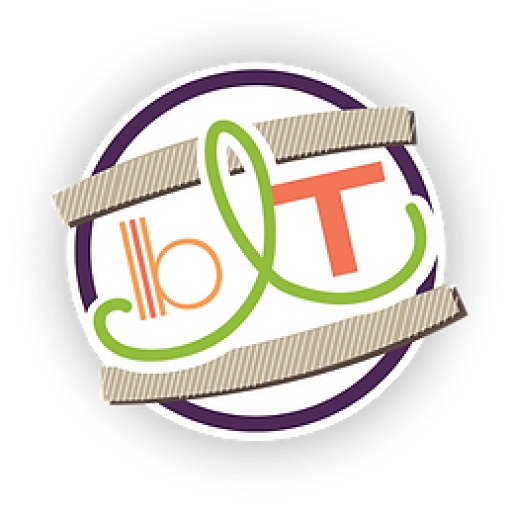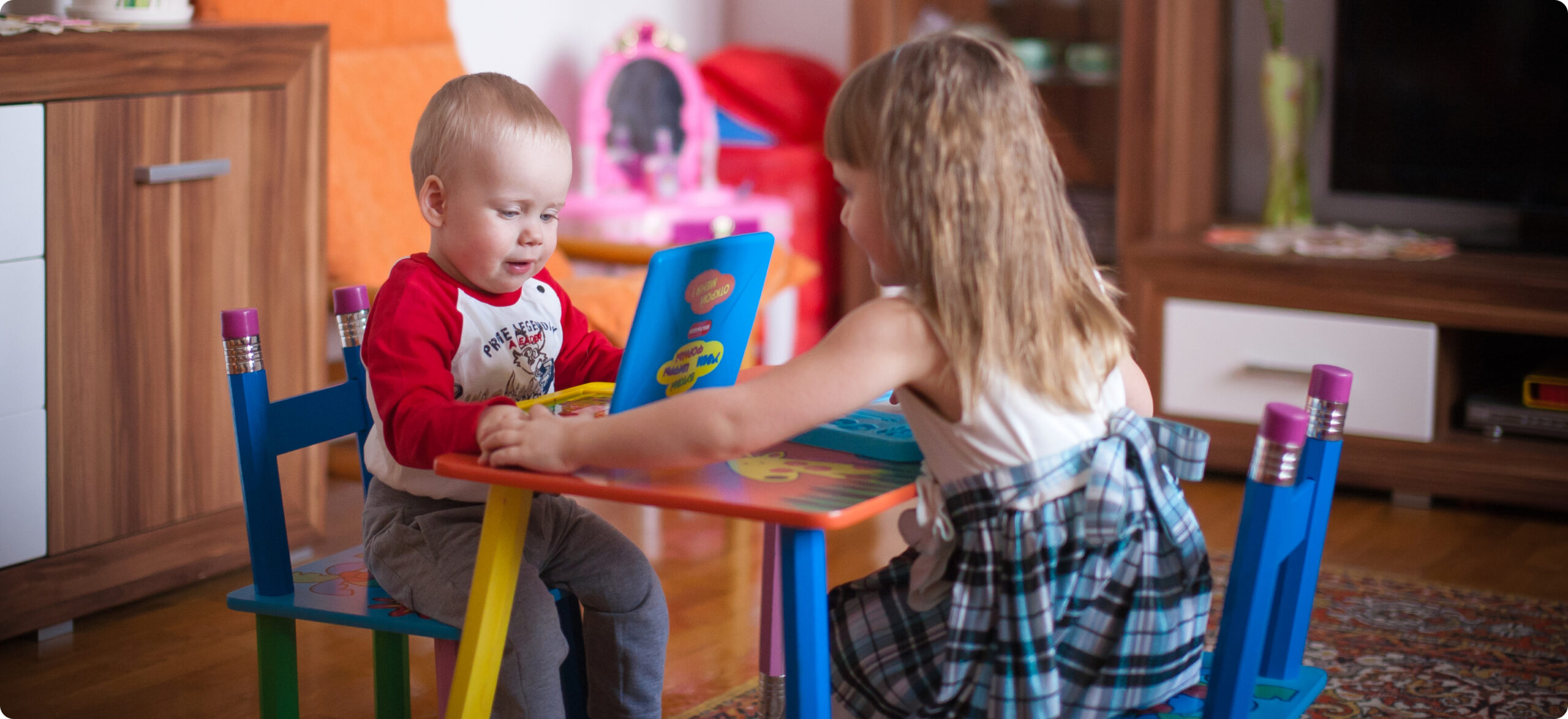Have you ever wondered whether alternative seating options are effective for improving attention of children with attention difficulties within the classroom and/or home setting?
Alternative seating options as an intervention for neurodivergent children with the goal of increasing in-seat and on-task behaviors have been questioned by occupational therapy practitioners, especially school based occupational therapists. According to the American Occupational Therapy Association (AOTA), the role of school-based occupational therapists is to “promote student’s optimal participation across academic and non-academic settings” (Benson et. al, 2019, p.455). In the educational setting, we frequently encounter the use of sensory strategies to improve the child’s ability to regulate his/her central nervous system in order for them to be able to attend to and participate in classroom activities.
Challenges with in-seat and on-task behaviors are areas we as school-based occupational therapists typically address in the classroom due to students’ inattentiveness and sensory-seeking behaviors (the need to frequently move). Students with ADHD or ASD may have difficulty remaining seated and focused when sitting in standard chairs or carpet squares (Benson et al., 2019). Students can also be easily distracted by visual and/or auditory stimuli in the classroom, such as colorful posters on the table and children talking loudly, making it hard for them to stay on task and participate in seated academic tasks (Krombach & Miltenberger, 2019). They may struggle with sensory overload from classroom activities, such as a noisy classroom from large group activities, leading to off-task and disruptive behaviors, such as getting out of their seat during classroom instruction.
Occupational therapists in the school setting collaborate with various professionals, including teachers, special education teachers, and principals to help students participate in their educational tasks. Interventions on the use of alternative seating for children with neurodevelopmental disorders to improve in-seat and on-task behaviors incorporate the Sensory Integration Frame of Reference/Sensory Modulation Frame of Reference. Per Pfeiffer et. al (2008), sensory integration theory, developed by A. Jean Ayres in the 1960s is defined as “the neurological organization of sensory information from an individual’s environment for adaptive motor or behavioral responses” (p. 274). Per Wilbarger, J. & Stackhouse, T.M., sensory modulation disorder (SMD) is a “disruption in processing” and should be defined as that rather than as a “disorder.” Sensory Modulation is based on Ayre’s sensory integration frame of reference that focuses on how individuals respond to sensory input from their environment and how these responses can be managed to support learning and behavior through alternative seating options implemented as interventions (1998).
School-based occupational therapists analyze a student’s sensory processing skills and how various types of sensory input affect the child’s ability to attend and focus on classroom tasks. We are often guided by the sensory integrative frame of reference when determining intervention strategies for students who may have difficulties modulating sensory input within the classroom (Pfeiffer et al., 2008). Students’ academic skills may be affected by sensory modulation difficulties in children with ADHD and ASD in the school setting. Occupational therapy literature suggests using dynamic seating options as a way to help students stay alert and focus on tasks, as these dynamic seating options engage vestibular and proprioceptive input without needing to get out of one’s seat (Pfeiffer et al, 2008).
Examples of these alternative dynamic seating interventions include stability stools, scoop rocker chairs, T-stool, ball chairs, Disc ‘O Sit Cushions, and KidsErgo chairs.
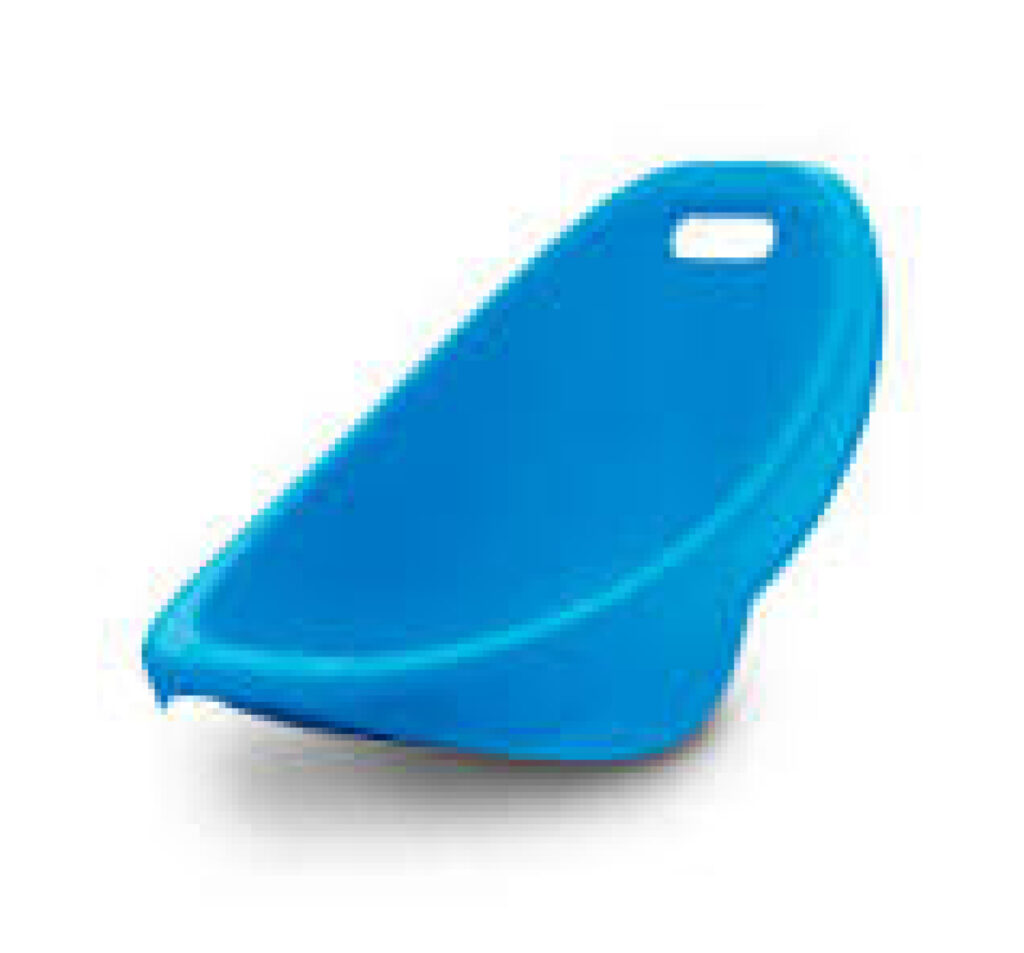
Scoop Rocker Chair
Are small rockers that sit on the floor (Bloom-Willimas, Crosland, and Fuller (2023).
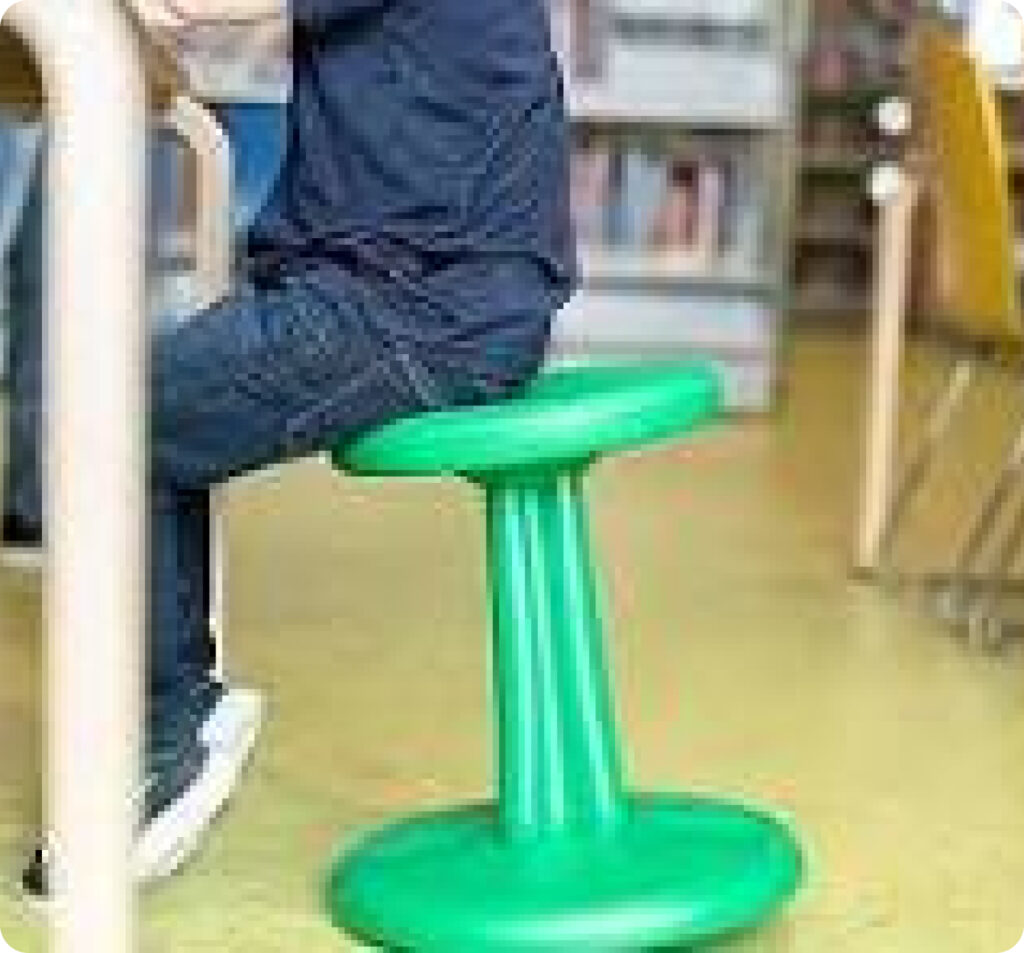
Therapy-Stool
Also known as T-stools, wobble stools or stability stools allow children to rock, sway, tilt, and fidget while seated. The stability stool has an oblong stool with a gentle-rounded base to prevent tipping over (Bloom-Willimas, Crosland, and Fuller (2023). This movement can help students who struggle with sitting still by providing a physical outlet for their energy without disrupting their attention to tasks.
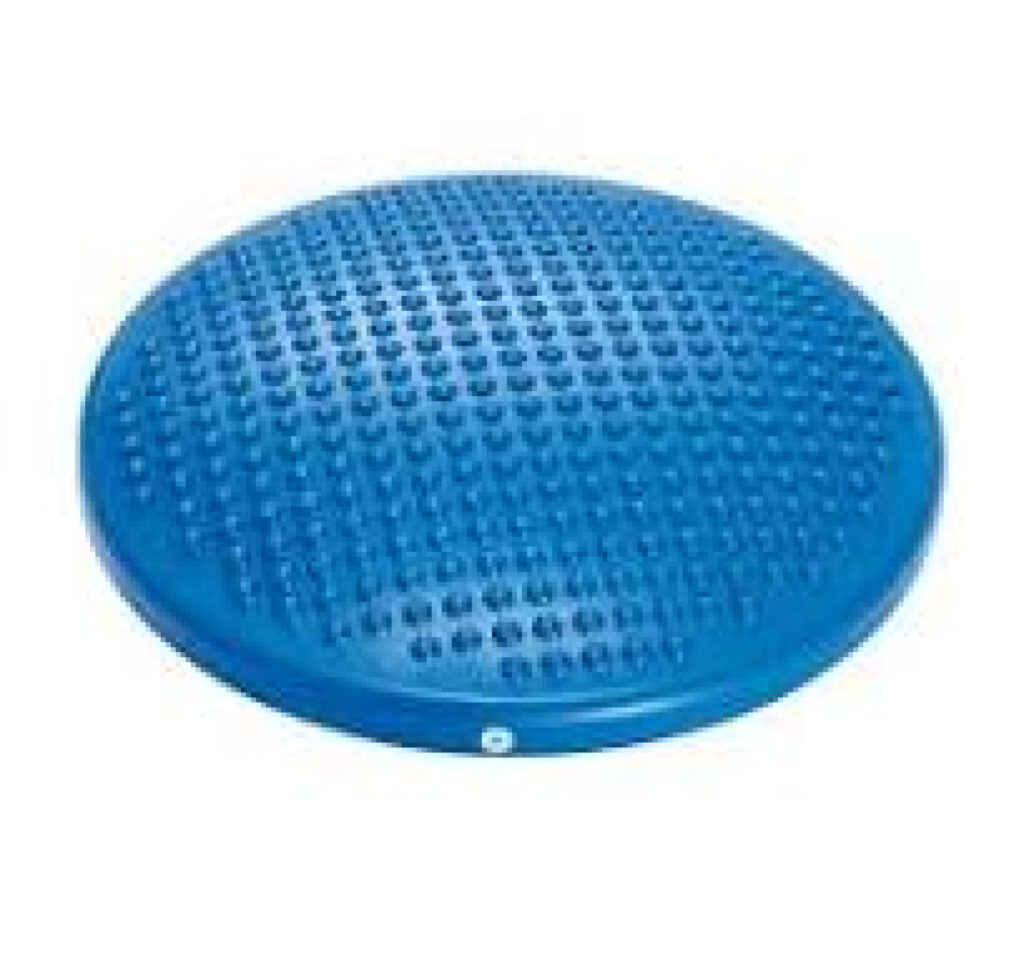
Disc O Sit Cushions
Are round and air-filled cushions that provide movement while seated. It engages proprioceptive and vestibular systems to keep students alert and focused on tasks (Pfeiffer et. al, 2008).
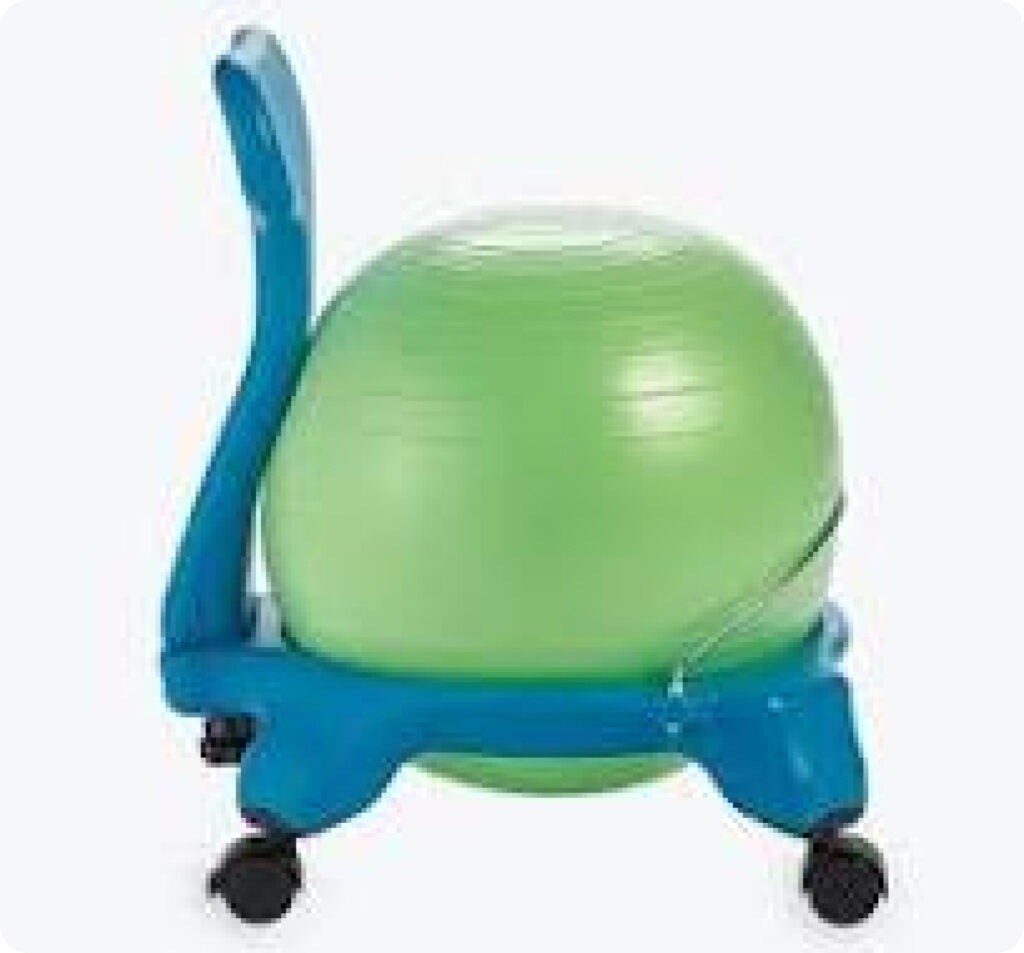
Ball Chairs
Are large inflatable balls which allow students to gently bounce while seated. These chairs improve coordination, proprioception, posture, muscle tone, and strength/control of stabilizing muscle groups (Metz et. al, 2020). They are used as seating and can engage students’ core muscles while allowing for movement. This can be especially helpful for students who benefit from physical activity to maintain their focus.
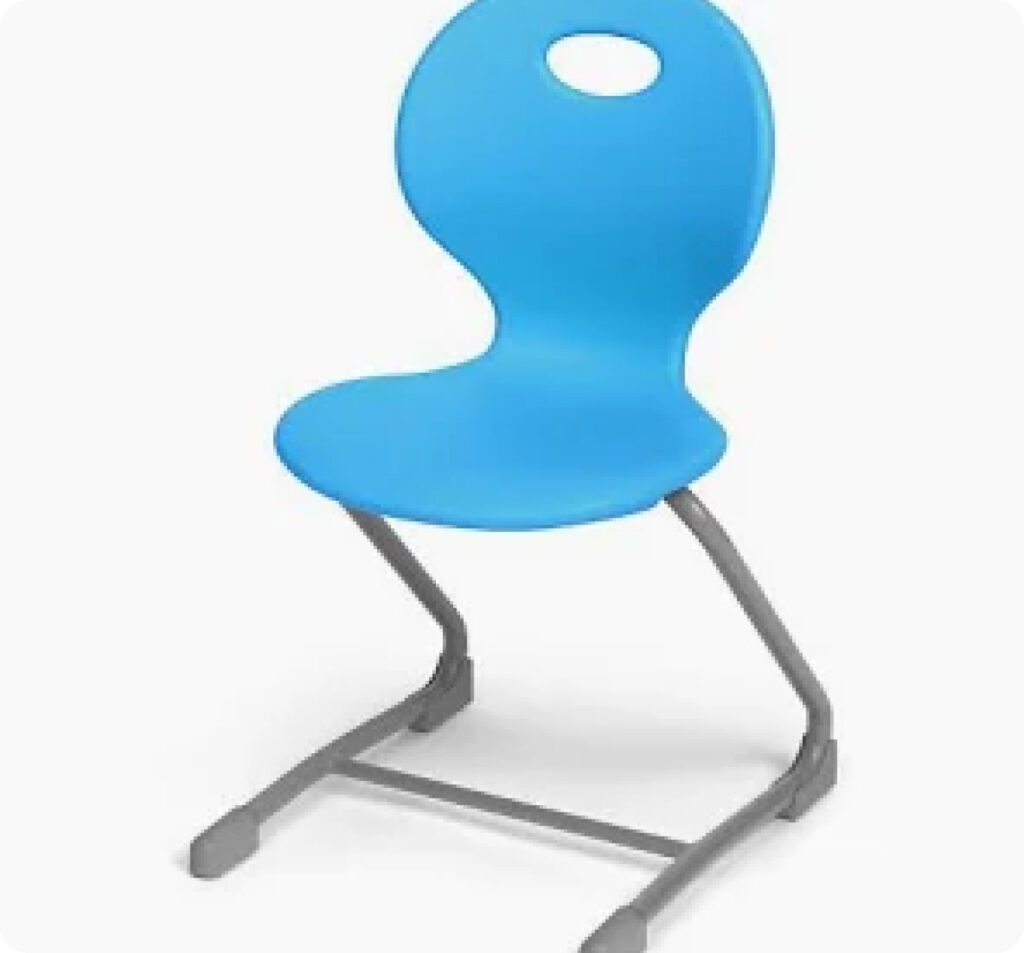
Kids Ergo Chairs
Are made from recyclable plastic and are shaped cylindrical with an accordion-style base. They are 15” height and 14” in diameter. Students can comfortably move forward and backward while seated Hunley, Beisbier, & Clough (2023).
Research articles (references below) on the use of alternative seating all used the sensory integrative/sensory modulation frame of reference of using alternative dynamic seating options as an intervention for children to assist with in-seat and on-task behaviors. Although some studies incorporated different dynamic seating options, the purpose of all the studies was to determine the effects of alternate seating on increasing the attention and in-seat behaviors of children with attentional difficulties.
In conclusion, the six research articles were all consistent with other literature that reviewed use of alternative seating as an intervention for improving attention in children with attentional difficulties in the classroom and/or home setting. All the studies showed improvement with the intervention versus using standard chairs. Alternative seating options are hypothesized to provide children with necessary dynamic vestibular and proprioceptive input, which is not available when sitting in standard chairs. These alternative seating interventions aim to create a more accommodating learning environment to increase students’ ability to remain in their seats and stay focused on tasks (Hunley, Beisbier, & Clough, 2023).
It is important to note that as occupational therapy practitioners, recommending alternative seating should be determined by an individual client’s needs. Consulting with the educational team to support the use of alternative seating in the classroom is also vital so there is good carryover by classroom staff if they are carried out.
Reference
Wilbarger, J. & Stackhouse, T.M. (1998). Sensory modulation: A review of the literature. OT Practice. http://www.ot-innovations.com/clinical-practice/sensory-modulation/sensory -modulation-a-review-of-the-literature.
Claire S. Leblond, Thuy-Linh Le, Simon Malesys, Freddy Cliquet, Anne-Claude Tabet, et al.. Operative list of genes associated with autism and neurodevelopmental disorders based on database review. Molecular and Cellular Neuroscience, 2021, 113, pp.103623. https://doi.org/10.1016/j.mcn.2021.103623
Gordon, S. M., Mitchell, A. E., & National Institutes of Health. (2009). Attention deficit hyperactivity disorder (ADHD) (1st ed.). Nova Biomedical Books.
Brown, C. (2023). The Evidence-Based Practitioner. Applying Research to Meet Client Needs, Second Edition. F.A. Davis Company.
Bloom-Williams CE, Crosland KA, Fuller AA. Evaluating the Use of Alternative Seating with Kindergarteners at Risk for Emotional and Behavioral Disorders. Behavioral Analysis Practice. 2023 Sep 13;17(2):500-513. doi: 10.1007/s40617-023-00852-7. PMID: 38966265; PMCID: PMC11219647.
Benson, J. D., Morgus, K., Donoso Brown, E., & Smitsky, D. (2019). The Effect of Alternate Seating on Improving Attention and In-seat Behavior of Preschoolers with Autism: A Pilot Study. Journal of Occupational Therapy, Schools & Early Intervention, 12(4), 455–465. https://doi.org/10.1080/19411243.2019.1672606
Metz, A. E., DeMarco, M., Khalsa, A., Kreuz, N., Stock, R., & Westfall, A. (2020). The Effects of Ball Chair Seating during an Instructional Period in First Grade Classrooms. Journal of Occupational Therapy, Schools & Early Intervention, 13(4), 395–409. https://doi.org/10.1080/19411243.2020.1768999
Pfeiffer, B., Henry, A., Miller, S., & Witherell, S. (2008). Effectiveness of Disc “O” Sit cushions on attention to task in second-grade students with attention difficulties. The American Journal of Occupational Therapy, 62(3), 274–281. https://doi.org/10.5014/ajot.62.3.274
Krombach, T., & Miltenberger, R. (2020). The Effects of Stability Ball Seating on the Behavior of Children with Autism During Instructional Activities. Journal of Autism and Developmental Disorders, 50(2), 551–559. https://doi.org/10.1007/s10803-019-04283-8
Hunley, J. H., Beisbier, S., & Clough, C. (2023). The Effect of Alternative Seating on School Function and Task Behavior in a Second-Grade Classroom. The Open Journal of Occupational Therapy, 11(2), 1-10. https://doi.org/10.15453/2168-6408.2040
